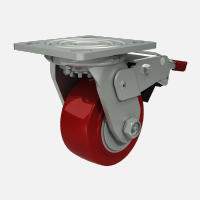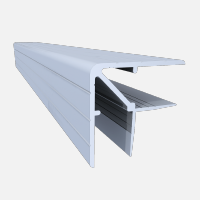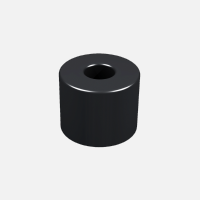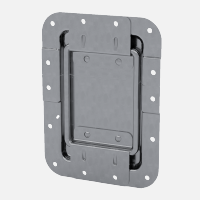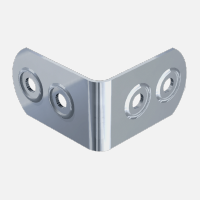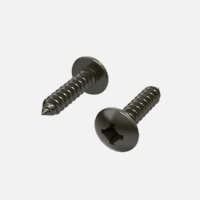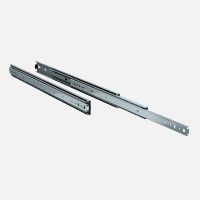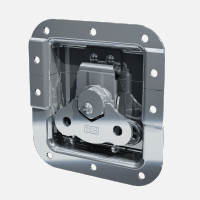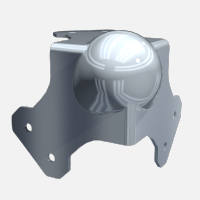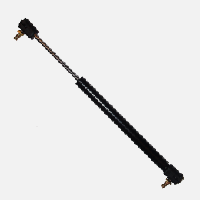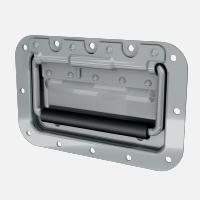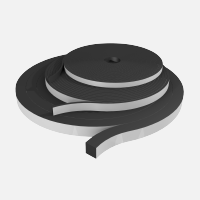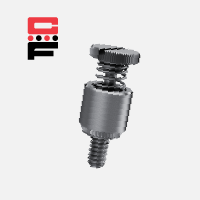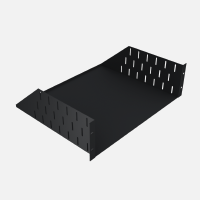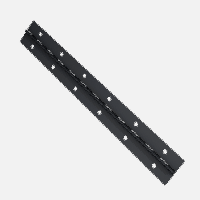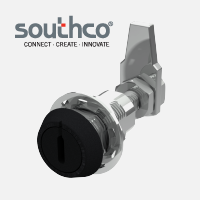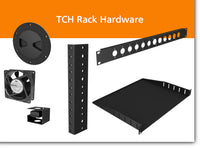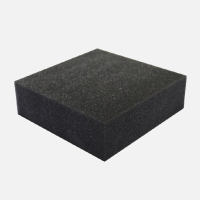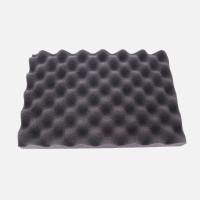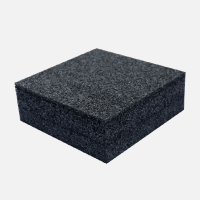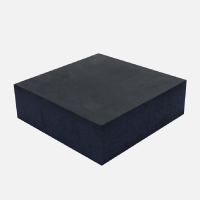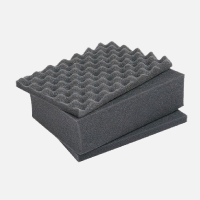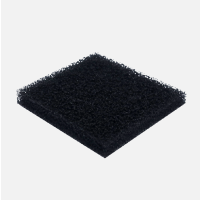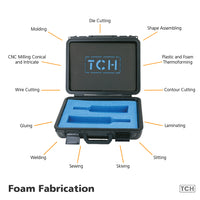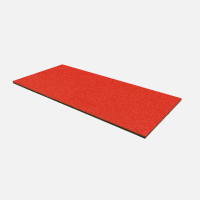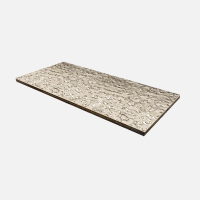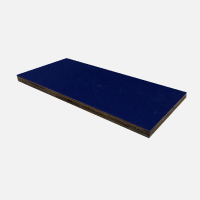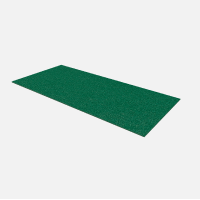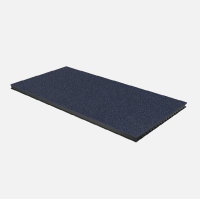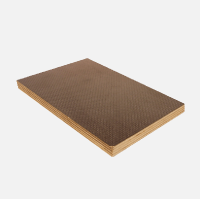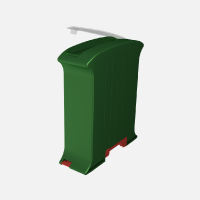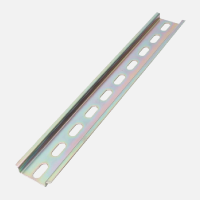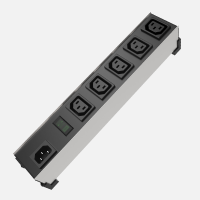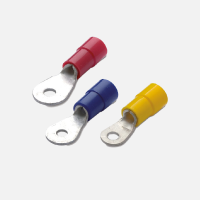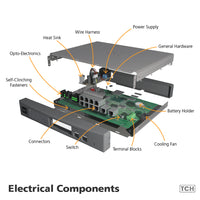Mastering the Mechanics: A Deep Dive into Rotary Latches
A rotary latch is a mechanical fastener used in various applications, including doors, panels, and other types of closures. They use a rotating motion to engage and disengage a catch or striker. When a force is applied, the rotary latch turns, grabs the striker, and holds it securely. When released, it rotates back and lets go of the striker, allowing the door or panel to open. Rotary latches are robust, secure, and very flexible.
Rotary latches allow you to design doors and panels with no visible means of being opened. This makes rotary systems highly resistant to vandalism and deters unauthorized access. They're known for their compact size, durability, and secure latching capability.
The Building Blocks of a Rotary Latch: A Component Breakdown
1. Rotary Mechanism: This is the heart of the latch and consists of a rotating part that moves into a locked or unlocked position. When the latch is triggered, this part rotates to release or secure the latch.
2. Cam or Latch Arm: The cam or latch arm is a protruding piece that hooks or catches onto the object to be secured when the rotary mechanism is locked.
3. Housing: This is the body of the latch, which contains the rotary mechanism and provides a structure to attach the latch to a surface.
4. Trigger or Actuator: This part moves the rotary mechanism into an unlocked or locked position. In some designs, this might be a lever, a button, a keyhole for a key, or a slot for a tool.
5. Return Spring: The spring ensures that the latch returns to its default position (usually locked) after being triggered. It also helps keep the latch securely in place when locked.
6. Keeper or Strike: This is the component that the cam or latch arm catches onto when the latch is in the locked position. It's typically a fixed part installed on the opposite surface from the latch.
The pcture was provided by Southco.
Single or two-stage latch?
Also, it's crucial to consider whether a single or two-stage latch is optimal for the application. The two-stage latch is advisable to avoid false latching; offering increased safety and enhanced security for the end user. The two-stage latch can play a vital role in particular projects by reducing the chance of a door inadvertently opening or failing to close fully.
A rotary latch is a mechanical device that secures doors, panels, or compartments in various applications. The main difference between a one-stage and two-stage rotary latch lies in their mechanisms and the number of steps involved in the latching process.
One-Stage Rotary Latch:
A one-stage rotary latch typically consists of a single rotary mechanism that operates in one step to lock or unlock the latch. When the latch is opened, the rotary mechanism can be turned to engage a striker or catch, securing the door or panel. Similarly, rotating the tool in the opposite direction releases the catch and unlocks the latch.
Southco provided the picture.
Southco provided the picture.
Two-Stage Rotary Latch:
A two-stage rotary latch employs a more complex mechanism involving two stages to achieve secure latching. In the first stage, the rotary tool partially engages the striker or catch, creating a pre-lock condition. This initial engagement holds the door or panel partially closed but not fully secured. To fully lock the latch, the mechanism must be further rotated to the second stage, which completes the engagement and provides a fully locked position. Reversing the rotation from the second stage back to the first stage releases the catch and unlocks the latch.
- Dual point design allows the rotary latch to be actuated from different points
- Compact design minimizes protrusion within enclosure applications
- Provides concealed latching with push-to-close convenience
- Allows remote actuation when paired with Southco cables and actuators
The choice between a one-stage and two-stage rotary latch depends on the specific application requirements. Here are some considerations:
Security: Two-stage latches offer more protection than one-stage latches since they require multiple steps to engage or release the latch fully.
Convenience: One-stage latches are generally easier and quicker to operate since they involve a single step for locking and unlocking. Two-stage latches require more effort and time to engage or release the latch fully.
Stability: Two-stage latches often provide enhanced stability because they hold the door or panel in a pre-lock position before reaching the fully locked state. This can be advantageous in applications where vibration or movement is a concern.
Tips and Tricks for Choosing the Best Rotary Latch
Application: What is the rotary latch being used for? This will determine the size, material, and type of rotary latch you need. For example, a latch for an industrial machine may need to be made of heavy-duty steel, while a latch for a small cabinet may be fine with a lighter material.
Load Requirement: The load the latch will handle plays a significant role in deciding the type of latch. If the latch takes a heavy load, it must be sturdy enough to endure.
Environmental Conditions: Consider where the latch will be installed. If it is exposed to harsh weather conditions, salt water, chemicals, or high temperatures, you should choose a latch made from materials resistant to these factors, such as stainless steel or robust plastic.
Safety Requirements: If the latch is used in a safety-critical application, it may need to meet specific standards or certifications. Some latches may have additional safety features, like secondary locks or built-in alarms.
Ease of Use: The latch should be easy for the intended user to operate. Consider the design and the force required to open it. For example, a latch on a toy box should be easy for a child to open, but a latch on an industrial machine may need to be harder to open to prevent accidental activation.
Installation: The rotary latch should be easy to install or replace with minimal tools. Consider the mounting style and whether you need a single or double hole, concealed or surface mount.
Budget: The price of the latch can also be a determining factor. While getting a latch that meets your needs is essential, it should also fit within your budget.
Manufacturer Support: The manufacturer’s support and warranty can be essential. This will help you in case of any failures or technical difficulties in the future.
Maintenance: Consider the maintenance needs of the latch. Some latches may require regular cleaning or lubrication, while others may be maintenance-free.
TCH is the leading distributor of Southco products in North America.




